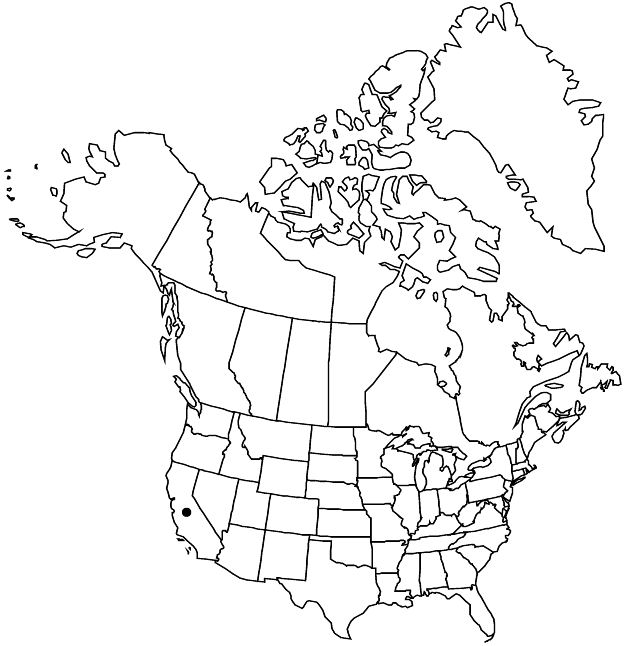Difference between revisions of "Horkeliella congdonis"
in N. L. Britton et al., N. Amer. Fl. 22: 283. 1908.
FNA>Volume Importer |
imported>Volume Importer |
||
| Line 69: | Line 69: | ||
|publication year=1908 | |publication year=1908 | ||
|special status=Endemic | |special status=Endemic | ||
| − | |source xml=https:// | + | |source xml=https://bibilujan@bitbucket.org/aafc-mbb/fna-data-curation.git/src/bb6b7e3a7de7d3b7888a1ad48c7fd8f5c722d8d6/coarse_grained_fna_xml/V9/V9_433.xml |
|subfamily=Rosaceae subfam. Rosoideae | |subfamily=Rosaceae subfam. Rosoideae | ||
|tribe=Rosaceae tribe Potentilleae | |tribe=Rosaceae tribe Potentilleae | ||
Revision as of 00:29, 28 May 2020
Plants green, non-glandular hairs sparse, not obscuring abundant stipitate-glandular ones. Basal leaves (5–)8–25(–27) cm; petiole 4–10 cm; leaflets 25–35 per side, 2–6 mm, divided into 5–10 ultimate segments, sparsely villous, more densely so marginally, minutely orangish sessile-glandular. Cauline leaves 2–7, 2–10 cm. Inflorescences ± congested. Pedicels usually 2 mm (proximalmost to 20 mm). Flowers 15 mm diam.; epicalyx bractlets lanceolate, 2.5–5(–6) mm; sepals 4–8(–9) mm, villous, short-stipitate-glandular; petals narrowly oblong-oblanceolate, 3–6(–6.5) mm; filaments 1.5–3 mm, filament opposite center of sepal longer than those on either side, anthers 1 mm; styles 2–5 mm.
Phenology: Flowering late summer.
Habitat: Dry granitic meadows, in sagebrush communities, montane to subalpine conifer woodlands
Elevation: 1500–3100 m
Discussion
Horkeliella congdonis is known from the eastern foothills and slopes of the Sierra Nevada northeast to the Sweetwater Mountains and the Glass Mountain area of Mono and northern Inyo counties. It generally forms dense clumps that are notably more glandular than H. purpurascens.
Selected References
None.
